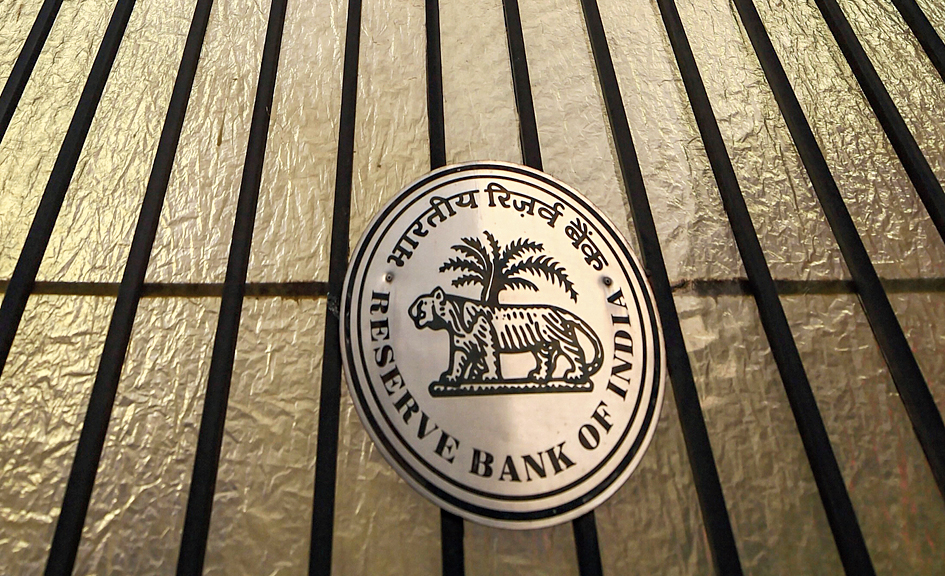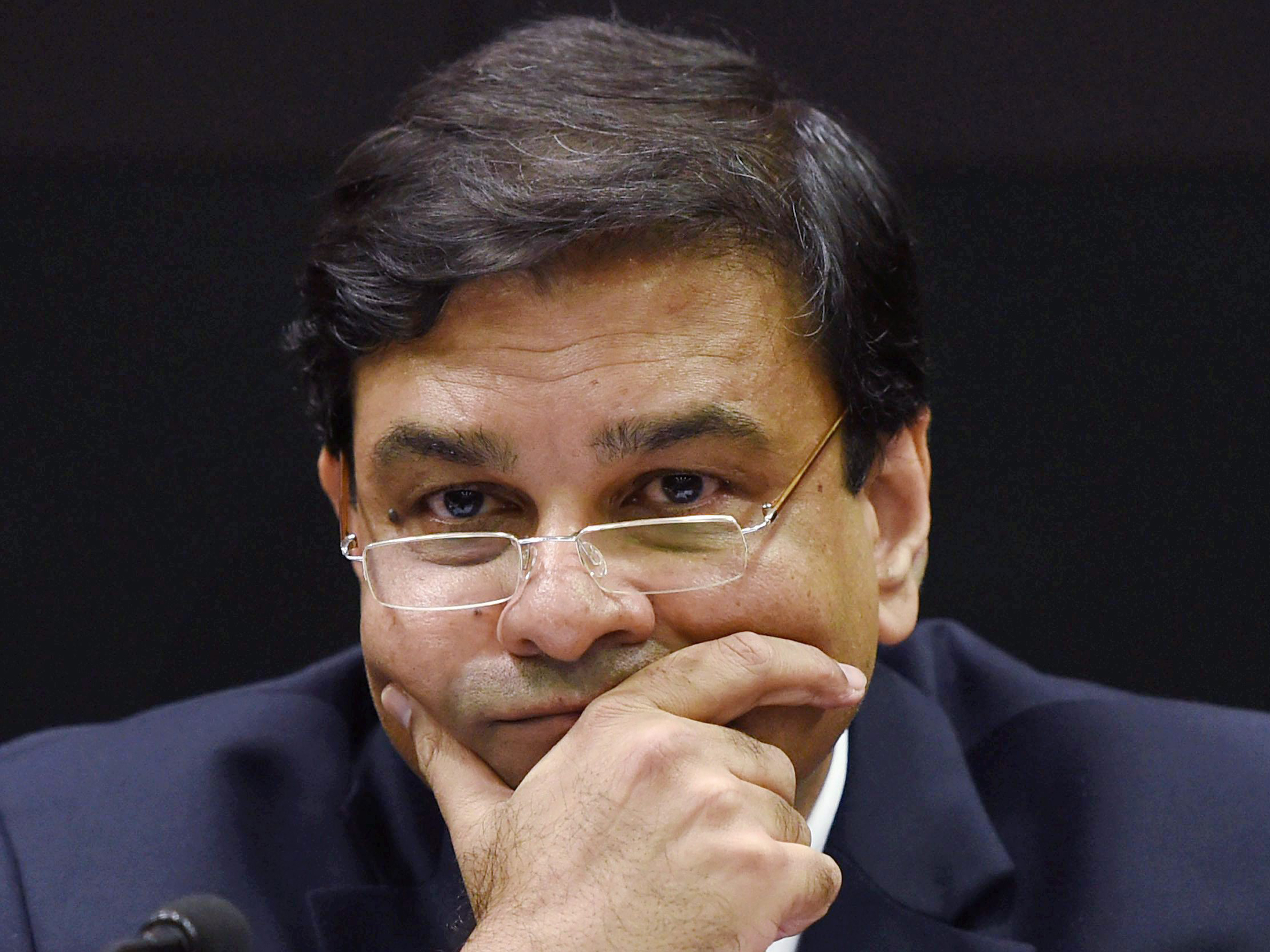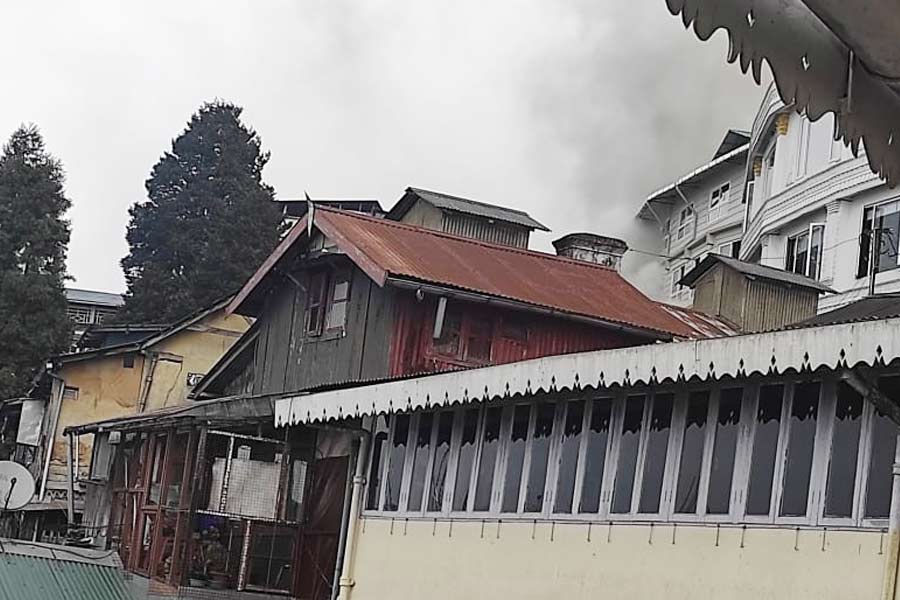Shaktikanta Das, the former finance ministry bureaucrat who fielded all the hardball questions about demonetisation on Raisina Hill, has been pitchforked into the hot seat as governor of the Reserve Bank of India.
The veteran bureaucrat will take over as the 25th governor of the RBI for three years, the government said.
Das, 61, a long-time finance ministry insider, takes over from his predecessor, economist Urjit Patel, who dramatically resigned on Tuesday from the top job on Mint Street after a very public spat with the Modi government.
It will help the government to have one of its own men heading the RBI which, under Urjit Patel, had been stonewalling pressure from North Block to relax capital adequacy rules for banks in order to free up capital that they could then lend to targeted sectors of the economy like farmers and small businesses ahead of the elections.
In November-December 2016, Das, the diminutive Tamil Nadu-cadre IAS officer who has his roots in Odisha, became the mascot for the demonetisation drive and had held dozens of hurriedly called news conferences to announce rule changes that the finance ministry had dreamed up to squeeze illusory benefits out of the unpopular measure.
Das has worked extensively in the budget division under both Modi’s government and the previous coalition led by the Congress. He was also involved in drafting the insolvency and bankruptcy code, aimed at protecting small investors.
The former bureaucrat had remained unfazed by the scathing attack that BJP legislator Subramanian Swamy had unleashed against him, accusing him of being close to the UPA and former finance minister P. Chidambaram.
Finance minister Arun Jaitley had rallied to Das’s support at that time and he continued in office as economic affairs secretary till his retirement last year.
The Modi government named Das as India’s Sherpa for the G20 talks, replacing Arvind Panagariya who had resigned from his post of vice-chairman of the Niti Aayog in August last year. Das was also appointed a member of the 15th Finance Commission.
Das, a postgraduate in history from Delhi’s St. Stephen’s College, will be the fifth bureaucrat drawn from the IAS ranks to become an RBI governor since liberalisation. Others have included R.N. Malhotra, S. Venkitaramanan, Yaga Venugopal Reddy and Duvvuri Subbarao.
“Shaktikanta Das has been involved with economic affairs for a long time and I am sure he will be a good governor,” said former RBI governor C. Rangarajan.
But not everyone was convinced that this was the right time to name a bureaucrat to the top job on Mint Street.
Former RBI governor Subbarao felt that there was a need to appoint an independent person who would protect the autonomy of the RBI and rebuild trust in India’s central bank, especially among foreign investors who have been bemused by the unseemly battle in recent months.
“Given this government’s long record of delays in filling up top posts, the decision to appoint Das in just 24 hours may indicate that the search for Urjit’s successor had started some time back,” said well-known economist Pronab Sen.
The immediate concern is over the unfinished agenda of the October 23 RBI central board meeting that had upset Patel and other RBI officials after the government tried to present them with a fait accompli: support the measures or face the music.
The government had threatened to invoke never-before-used powers under Section 7 of the RBI Act to force Patel to allow the government to dip into the capital reserves of the central bank.
A subsequent meeting of the central board on November 19 had worked out an uneasy truce which crumbled as the Modi government refused to back down from its demands, prompting Patel to resign.
The next meeting of the central board is due on Friday and Das will have the responsibility to calm tempers and work out a solution that everyone finds acceptable.
North Bloc officials said Das was the best person to hammer out “a compromise to resolve the differences between the RBI and the government”.













